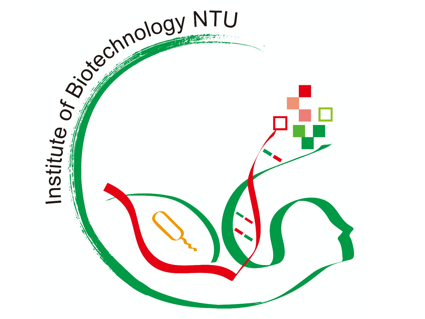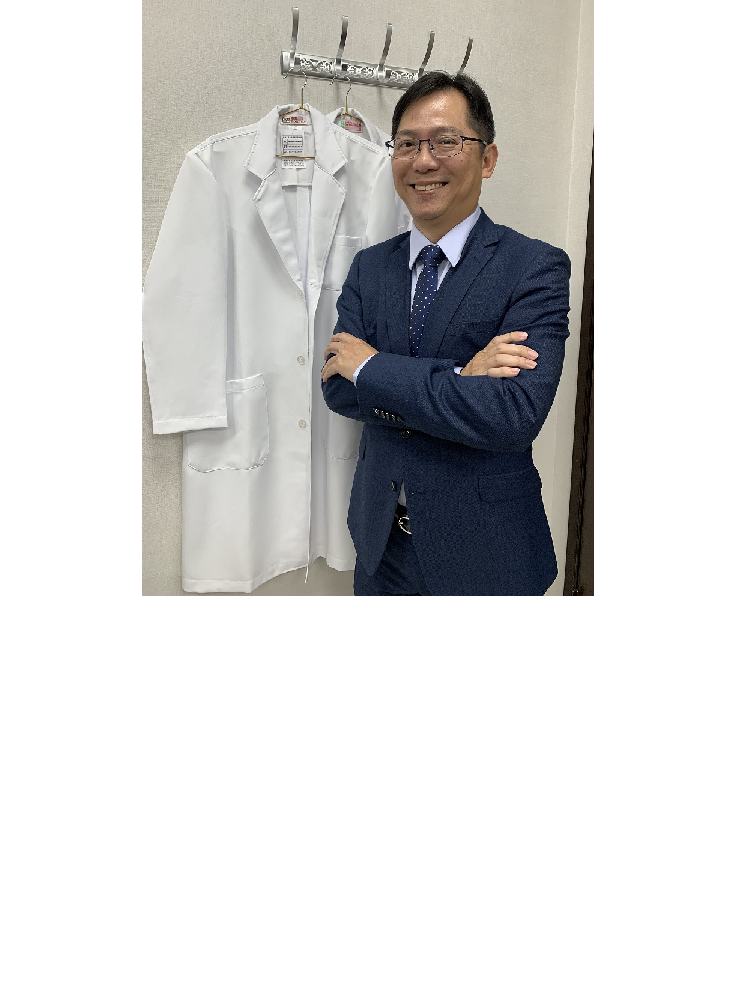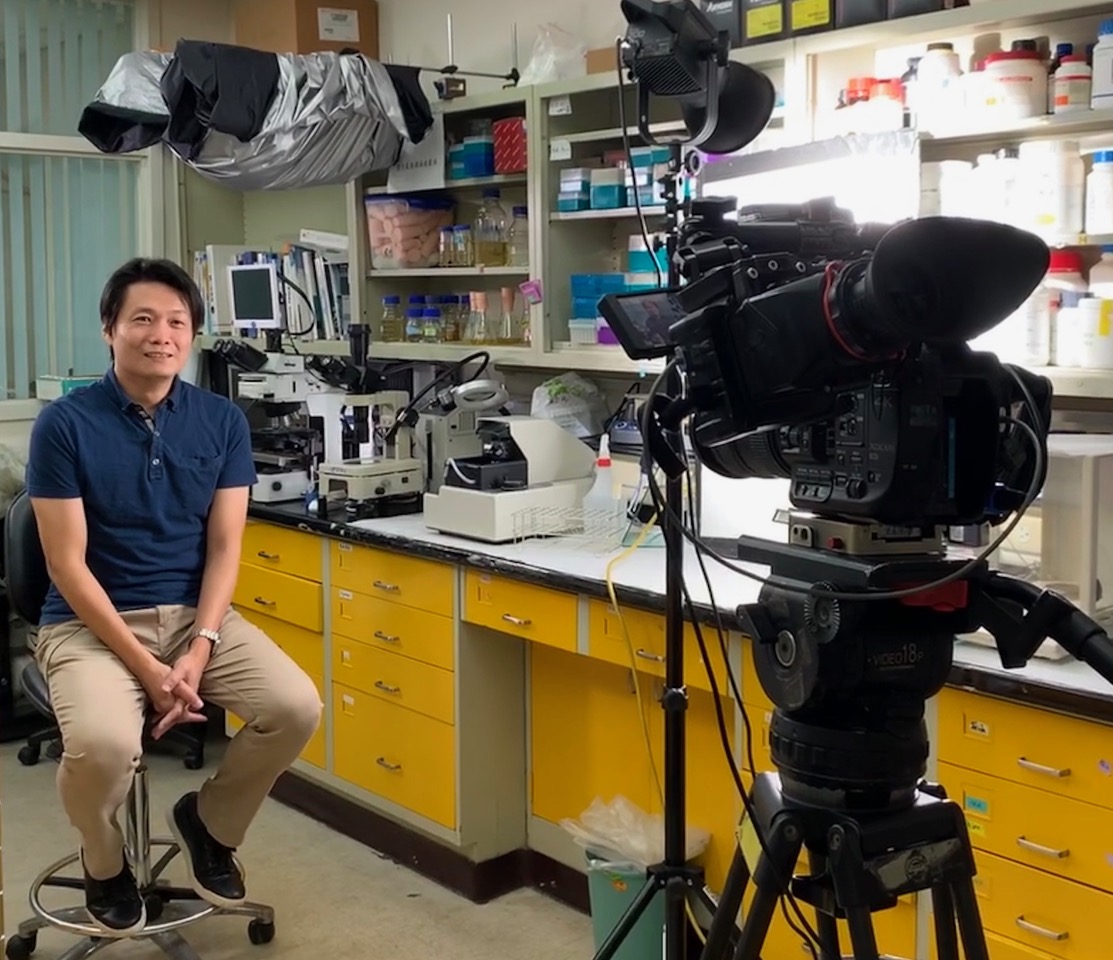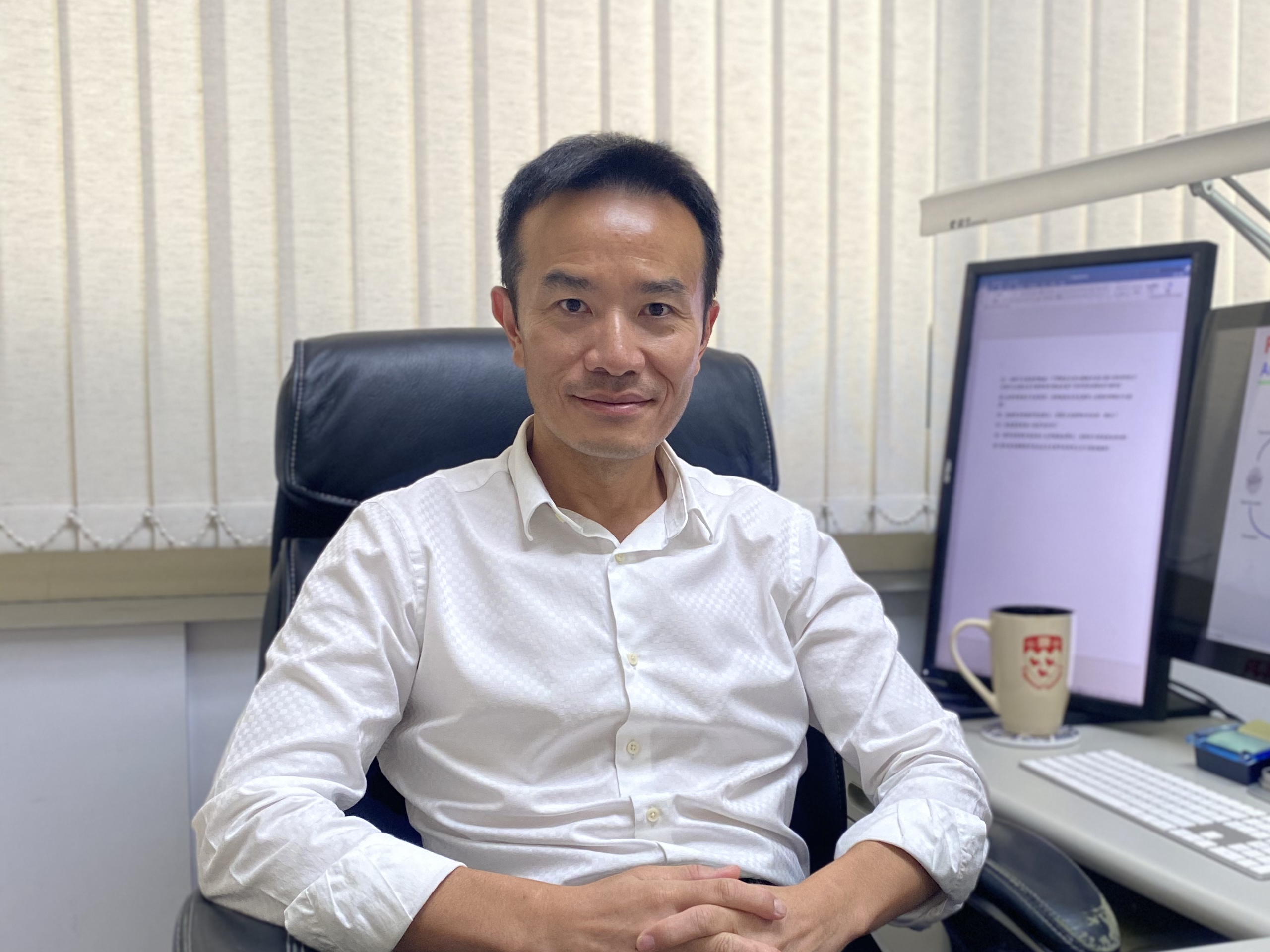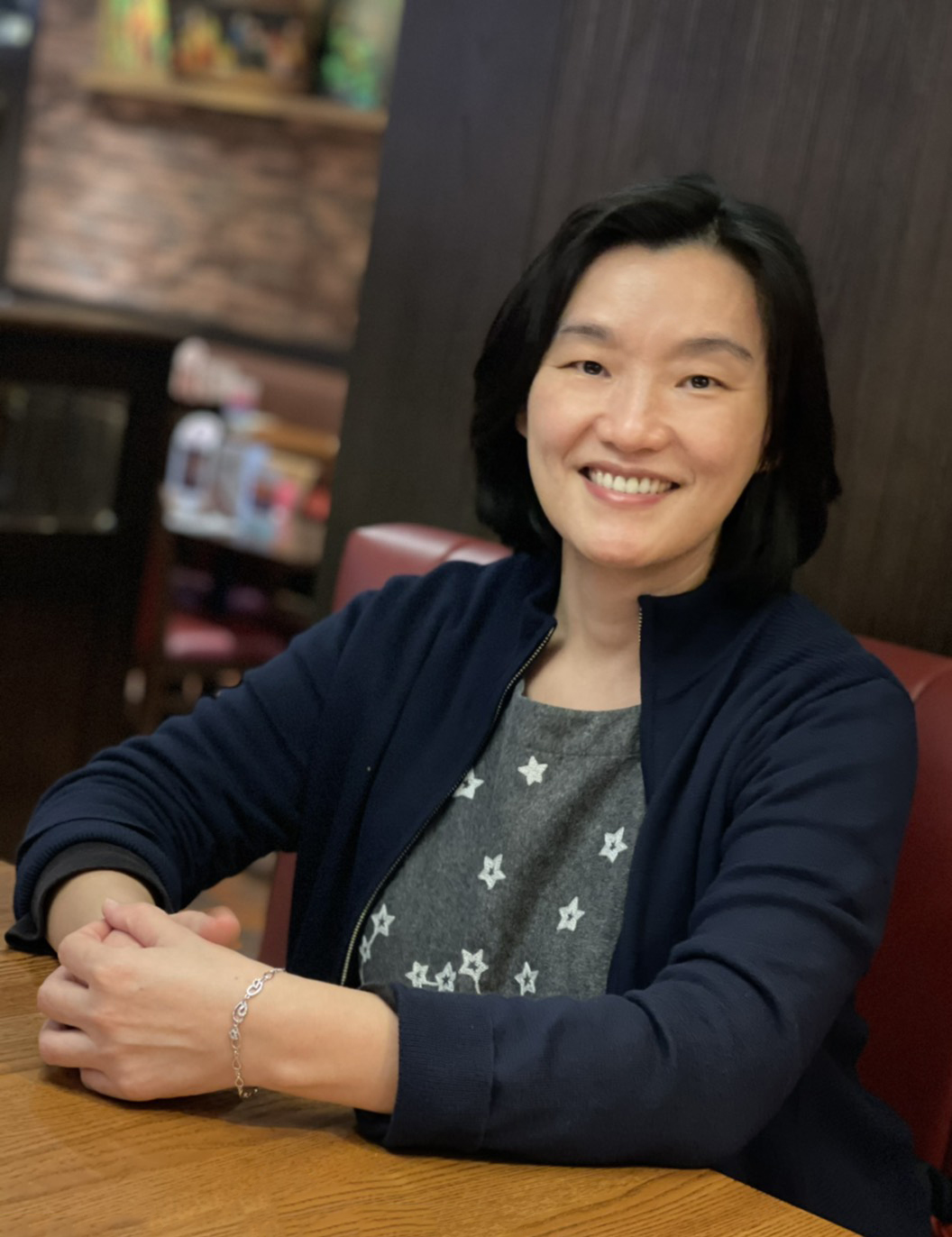Professor Sung is an expert in SCNT and among the first to report cloned mice using terminally differentiated postmitotic granulocytes, followed by efficient derivation of mouse ntESCs. Her team also cloned cattle and rabbits before. She excels in embryonic technologies, such as SCNT, pronuclear microinjection, intracytoplasmic sperm injection, blastocyst injection, oocyte and embryo cryopreservation, as well as iPSC technology. Her research interests are embryology, developmental biology, stem cell biology, as well as development of novel animal models to study human diseases including infertility. She is also applying these modern tools to save endangered animals.
At the interview Professor Sung reminded everyone of that the determination to achieve something and a team work spirit are important and will empower one to face the challenges in the world. She also firmly believes that students should aspire to their research interest just as herself was inspired by Professor Teng-Kuei Cheng and Professor Xiangzhong (Jerry) Yang. She encourages students learn and learn more about the stem cells. What are their unique features? How and why they can self-renew? What we can do with their pluripotency power, and how to control this power? She also makes analog between stem cells and students: self-renewal and self-learning, pluripotency and undetermined future, multilineage differentiation and interdisciplinary ideas, and injury repair and problem solving.
Scientific research is 99% failure and 1% success; therefore, success is not absolute. The important thing is to never lose the passion for science and truth. Students should choose what they love and love what they choose. Live in the moment, stay positive, face the challenges, and eventually enjoy the success.




